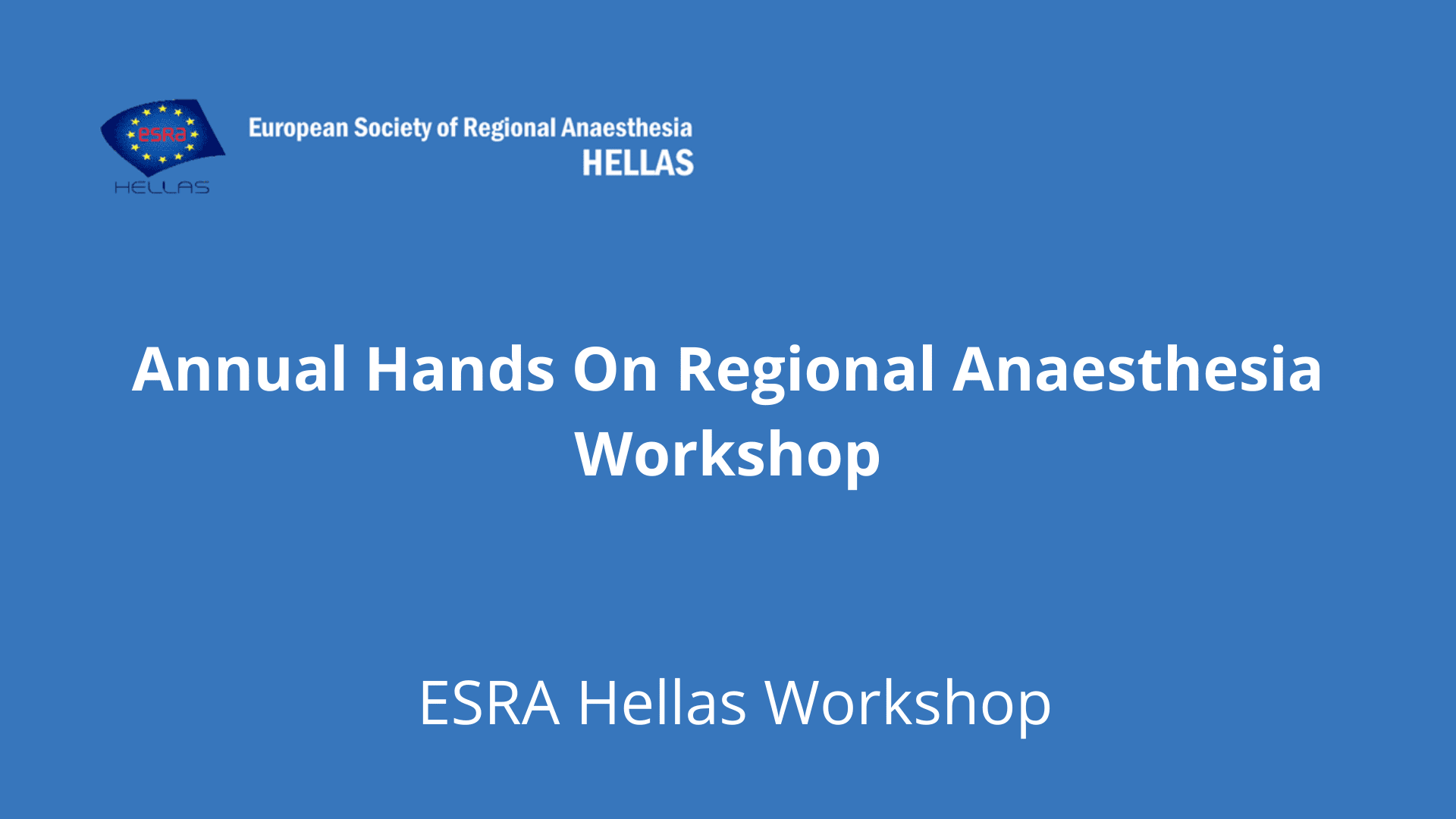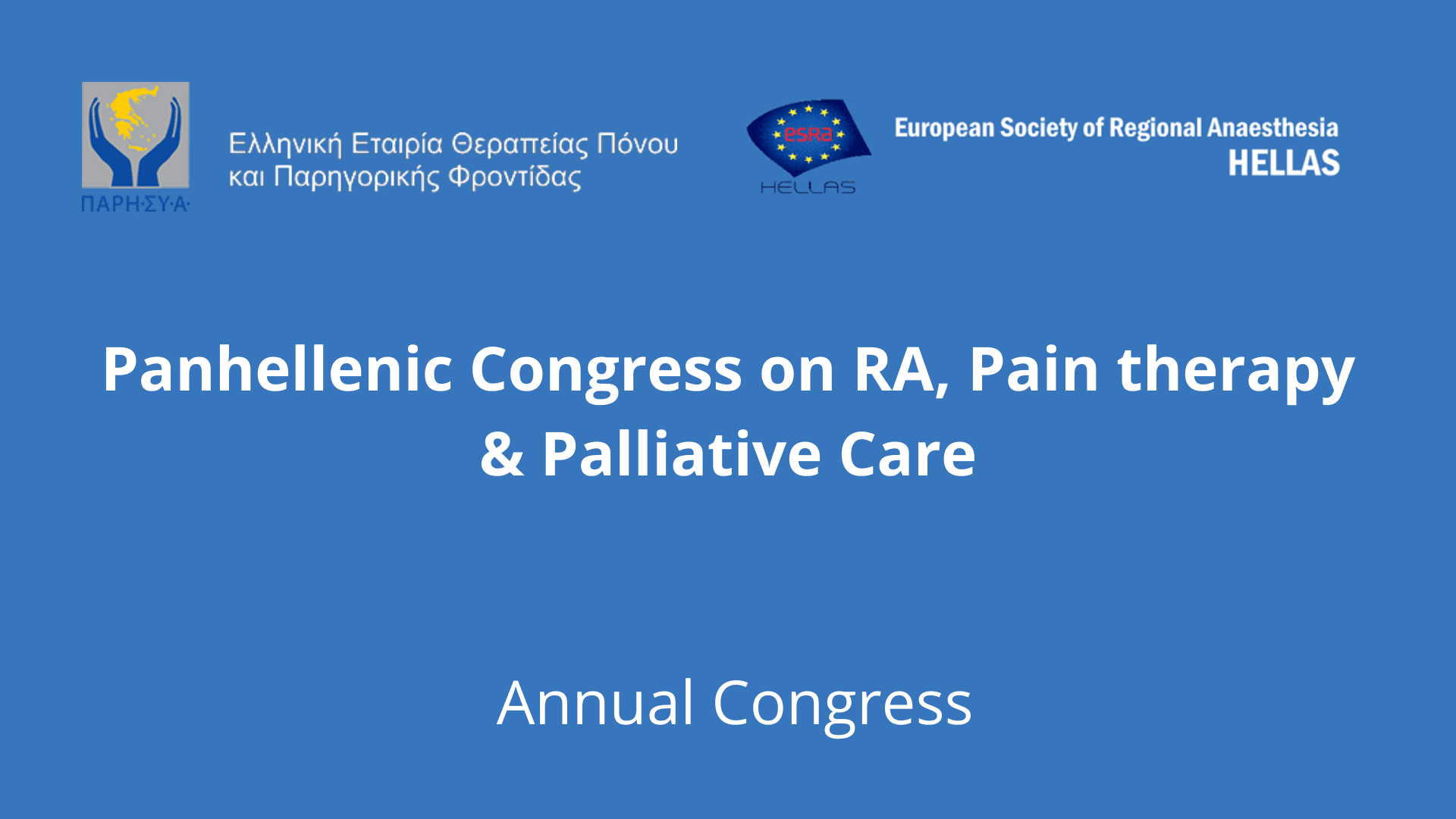Thoracotomy

Thoracotomy – PROSPECT
GUIDELINES – RECOMMENDATIONS
Procedure Specific Postoperative Pain Management
GUIDELINES – RECOMMENDATIONS
Procedure Specific Postoperative Pain Management
THORACOTOMY
SUMMARY RECOMMENDATIONS
PATIENT ADVICE
For more information: click here or click here
It is essential that patients undergoing thoracotomy be informed about what to expect after surgery, as an understanding of the procedure as well as realistic expectations of pain and rehabilitation can promote recovery and return to normal activity. Patients undergoing thoracotomy may suffer from very severe acute postoperative pain if analgesia is not managed appropriately. Pulmonary function is impaired as a result of thoracic surgery, and may be worsened by the effects of pain. Therefore, during the early postoperative period following thoracic surgery, pain control and maintenance of pulmonary function are the major goals. Thoracotomy is associated with a number of postoperative complications; the risk of pulmonary complications may be reduced by adequate analgesia as well as physiotherapy. Co-operation with chest physiotherapy, deep breathing exercises and coughing should be emphasized as important ways for patients to improve healing and prevent pneumonia. For pre-operative improvement of pulmonary function, patients should be given intermittent physiotherapy of the lung and general physical exercises, and be advised to stop smoking. (Click here for further information: Peri-operative patient advice)
PATIENT ASSESSMENT
For more information: click here or click here
Many patients undergoing thoracotomy will have significant comorbidities. Therefore, pre-operative assessment is essential to determine whether the benefits of surgery outweigh any risk from postoperative complications, which may be increased by poor general health. Peri-operative analgesia must be planned accordingly, to make use of the most appropriate regional analgesic techniques, depending on patient risk factors and anticipated requirement for analgesia.
Algorithm for the Management of Postoperative Pain following Thoracotomy: click here
Not Recommended for Thoracotomy: click here
PROSPECT THORACOTOMY SUBGROUP
For each review, a Subgroup of the PROSPECT Working Group performs an initial evaluation of the evidence and also drafts clinical practice statements and recommendations, which are then discussed by the whole Working Group before a final consensus is reached. The Subgroup may sometimes include a non-Working Group member, to provide additional expertise in the procedure being reviewed.
For the thoracotomy review, the Subgroup members were:
- Professor Francis Bonnet
- Professor Girish Joshi
- Mr Rajesh Shah (Consultant thoracic surgeon, Wythenshawe Hospital, Manchester, UK)
GRADES OF RECOMMENDATIONS
The recommendations of the PROSPECT Working Group are graded A–D, based on the level of evidence from the studies, which is in accordance with the Oxford Centre for Evidence-Based Medicine (CEBM 2005). In the context of PROSPECT, recommendations based on procedure-specific evidence are grade A (randomised clinical trials), those based on transferable evidence are grade B (randomised clinical trials) or grade C (retrospective studies or case series) and those based on clinical practice are grade D. (Click here for further information on levels of evidence and grades of recommendation).
PROSPECT provides clinicians with supporting arguments for and against the use of various interventions in postoperative pain based on published evidence and expert opinion. Clinicians must make judgements based upon the clinical circumstances and local regulations. At all times, local prescribing information for the drugs referred to must be consulted.
SUMMARY RECOMMENDATIONS
Pre-, intra- and postoperative interventions have been evaluated for the management of postoperative pain following thoracotomy. Unless otherwise stated, ‘pre-operative’ refers to interventions applied before surgical incision, ‘intra-operative’ refers to interventions applied after incision and before wound closure, ‘postoperative’ refers to interventions applied at or after wound closure. The following peri-operative interventions for thoracotomy have been reviewed:
PREOPERATIVE PERIOD
Recommended
Regional Analgesia
- Thoracic epidural LA + strong opioid as a bolus before surgery (Grade A), continued as an infusion
- epinephrine in the epidural solution is recommended if a low dose of epidural LA and/or opioid is used (Grade B)
- Paravertebral block with LA (bolus pre-operatively or at the end of surgery, followed by continuous infusion), as an alternative to thoracic epidural analgesia (Grade A)
- Single bolus spinal strong opioid as part of a multi-analgesic regimen, when thoracic epidural analgesia and paravertebral block are not possible (Grade A)
Not recommended
Systemic Analgesia
-
alpha – 2 Adrenergic Receptor Agonists
- Clonidine (Grade A)
- Dexmedetomidine (Grade D)
-
Corticosteroid (Grade D)
-
Conventional NSAIDs (Grade A)
-
COX-2 Selective Inhibitors (Grade D)
-
Ketamine (Grade D)
-
Gabapentin / Pregabalin (Grade D)
-
Strong Opioids (Grade A)
Regional Analgesia
-
Lumbar epidural strong opioid is not recommended as the first choice of epidural technique based on evidence that the thoracic epidural route may provide superior analgesia to the lumbar epidural route (Grade A). However, there is procedure-specific evidence that lumbar epidural hydrophilic strong opioid reduces pain compared with systemic analgesia.
-
Intercostal nerve block with LA, as a single pre-operative injection (Grade D)
-
Intercostal clonidine (Grade D)
-
Pre-operative LA injection in the planned site of incision (Grade A)
INTRAOPERATIVE PERIOD
Recommended
Regional Analgesia
-
- Thoracic epidural infusion of LA + strong opioid, continuous infusion (Grade A)
- epinephrine in the epidural solution is recommended if a low dose of epidural LA and/or opioid is used (Grade B)
- Thoracic epidural infusion of LA + strong opioid, continuous infusion (Grade A)
-
- Paravertebral block with LA (bolus pre-operatively or at the end of surgery, followed by continuous infusion), as an alternative to thoracic epidural analgesia (Grade A)
-
- Intercostal nerve block with LA (bolus at the end of surgery, followed by continuous infusion), if thoracic epidural analgesia and paravertebral block are not possible (Grade D)
Not Recommended
Systemic Analgesia
-
Conventional NSAIDs (Grade D)
-
COX-2 Selective Inhibitors (Grade D)
-
Ketamine (Grade D)
-
Gabapentin / Pregabalin (Grade D)
Regional Analgesia
-
Lumbar epidural strong opioid is not recommended as the first choice of epidural technique based on evidence that the thoracic epidural route may provide superior analgesia to the lumbar epidural route (Grade A). However, there is procedure-specific evidence that lumbar epidural hydrophilic strong opioid reduces pain compared with systemic analgesia.
-
Addition of dextran to intercostal LA solution (Grade A)
-
Intercostal phenol (Grade D)
-
Interpleural strong opioid (Grade D)
-
Cryoanalgesia (Grade A)
Analgesia for Shoulder Pain
-
Phrenic nerve block (Grade D)
Operative Techniques
-
The operative technique used should depend on factors other than pain (Grade D)
POSTOPEARTIVE PERIOD
Recommended
Systemic Analgesia
-
Conventional NSAIDs, if regional analgesia is inadequate (Grade A)
-
COX-2-selective inhibitors, if regional analgesia is inadequate (Grade B)
-
Intravenous PCA strong opioid, if regional analgesic techniques fail or are not possible (Grade D)
-
Weak opioids for moderate- (VAS>30<50 mm) or low- (VAS£30 mm) intensity pain in the late postoperative period, only if conventional NSAIDs/COX-2-selective inhibitors plus paracetamol are insufficient or contra-indicated (Grade D)
-
Paracetamol, if regional analgesia is inadequate, as part of a multianalgesic regimen (Grade D)
Regional Analgesia
-
Thoracic epidural LA + strong opioid, continuous infusion for 2–3 days (Grade A)
- epinephrine in the epidural solution is recommended if a low dose of epidural LA and/or opioid is used (Grade B)
-
Paravertebral block with LA, continuous infusion for 2–3 days, as an alternative to thoracic epidural analgesia (Grade A)
-
Intercostal nerve block with LA, continuous infusion for 2–3 days, if thoracic epidural analgesia and paravertebral block are not possible (Grade D)
Not Recommended
Systemic Analgesia
-
alpha-2 adrenergic receptor antagonists
- dexmedetomidine (Grade D)
-
Ketamine (Grade D)
-
Gabapentin/pregabalin (Grade D)
-
Paracetamol alone for high intensity pain (VAS³50 mm) (Grade B)
Regional Analgesia
-
Lumbar epidural strong opioid is not recommended as the first choice of epidural technique based on evidence that the thoracic epidural route may provide superior analgesia to the lumbar epidural route (Grade A). However, there is procedure-specific evidence that lumbar epidural hydrophilic strong opioid reduces pain compared with systemic analgesia.
-
Thoracic epidural corticosteroid (Grade D)
-
Repeated spinal analgesia (grade D)
-
Interpleural LA (Grade A)
Alternative Analgesic Techniques
-
Auricular acupuncture (Grade D)
-
TENS (Grade D)
Analgesia for Shoulder Pain
-
Suprascapular nerve block (Grade D)
Analgesia for Chest Tube Removal
-
Ice pack (Grade A)
-
Interpleural local anaesthestic (Grade A)
-
Topical local anaesthetic (Grade D)






